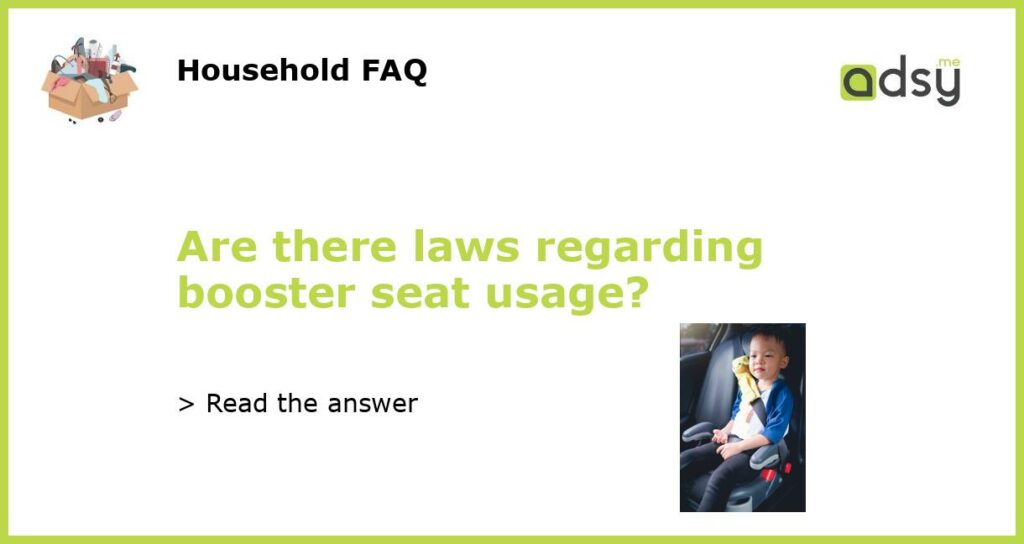Understanding Booster Seat Laws: What You Need to Know
As a parent, you always want to make sure your child is safe while riding in a vehicle. One question many parents ask is whether there are laws regarding booster seat usage. The answer is yes, and it’s important to understand these laws to keep your child safe on the road.
What Are Booster Seat Laws?
Booster seat laws vary by state, but the general rule is that children should be in a booster seat until they are at least 4 feet 9 inches tall and weigh between 80-100 pounds. Children who are under the height and weight limit and not properly secured in a booster seat are at risk of serious injury or death in the event of a crash.
Why It’s Important to Follow Booster Seat Laws
While it’s common for parents to want to move their child to a regular seat as soon as possible, it’s important to remember that booster seats significantly reduce the risk of injury in a car crash. In fact, according to the National Highway Traffic Safety Administration (NHTSA), booster seats can reduce the risk of injury by 45% compared to just using a seatbelt.
What Happens if You Don’t Follow Booster Seat Laws?
If you do not follow booster seat laws, you may be subject to fines or even legal action in some cases. More importantly, you could be putting your child’s safety at risk. It’s important to always follow the laws and guidelines for booster seat usage to ensure that your child is safe while traveling in a vehicle.
Where to Learn More About Booster Seat Laws
If you have questions about booster seat laws in your state, you can visit the NHTSA’s website or consult with your pediatrician or local law enforcement agency. It’s always better to be safe than sorry when it comes to your child’s safety on the road.






